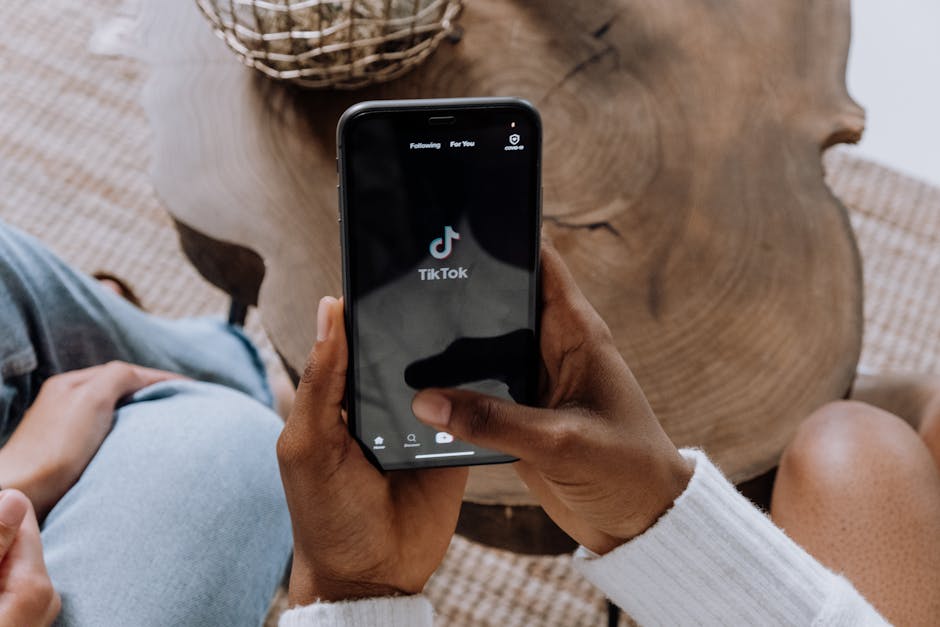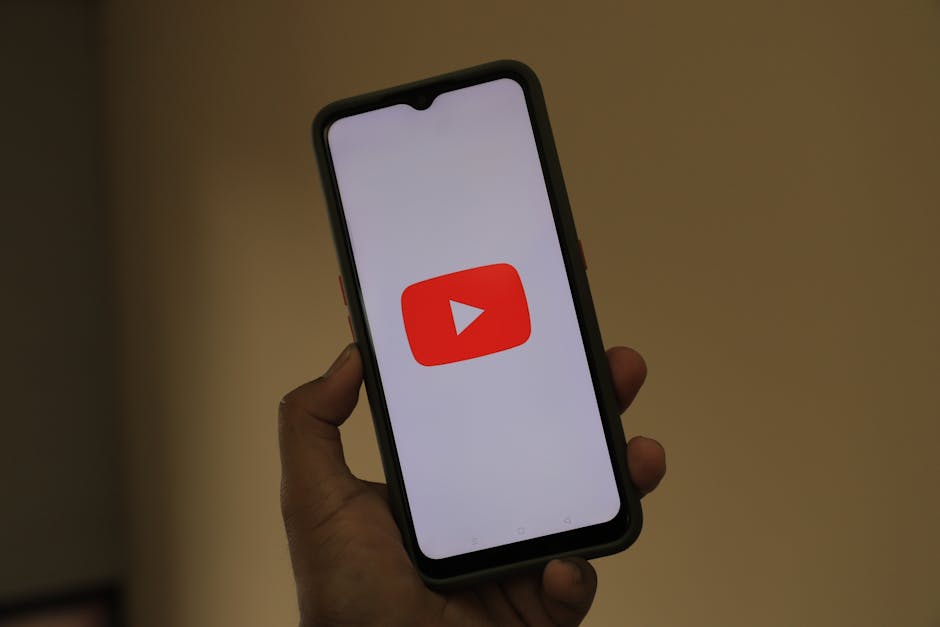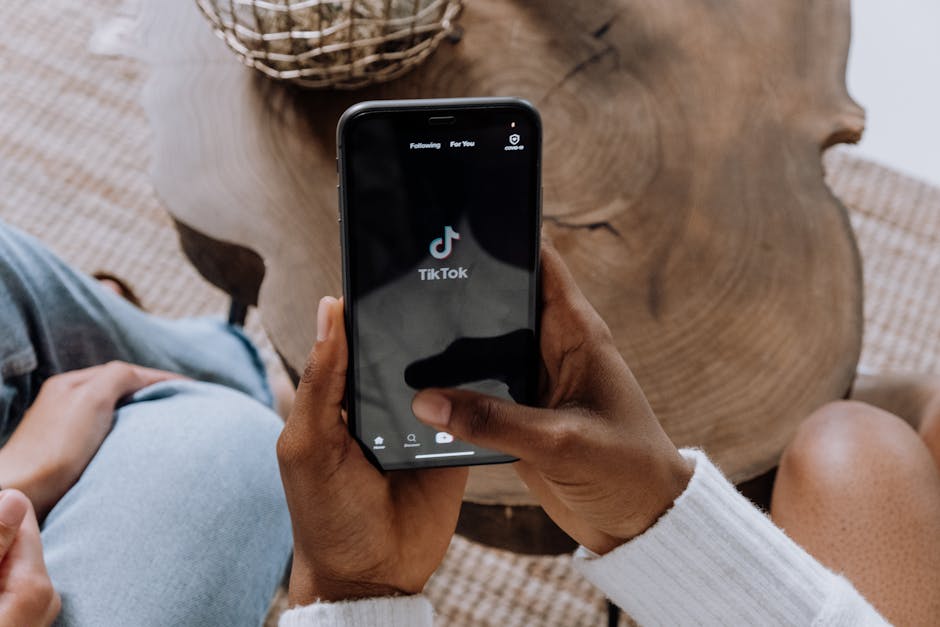Table of Contents
Did you know that the average person spends nearly 3 hours a day on social media? That’s a significant portion of our lives dedicated to scrolling, liking, and sharing. Are you starting to feel like social media is consuming too much of your time and energy? Many people are considering a digital detox, and deleting social media entirely is becoming an increasingly popular choice. This guide will walk you through the process, strategies, and considerations for successfully ditching social media in 2025.
Why Consider Deleting Social Media?
There are numerous compelling reasons to delete social media. While it can connect us with friends and family and provide entertainment, it also has potential downsides.
Improved Mental Health: Studies have linked social media use to increased anxiety, depression, and feelings of inadequacy. Taking a break or permanently deleting social media can significantly improve your mental well-being.
Increased Productivity: Think about all the time you spend mindlessly scrolling. Imagine redirecting that time to hobbies, work, or spending quality time with loved ones. Deleting social media frees up valuable time and attention.
Enhanced Focus and Concentration: Constant notifications and the urge to check updates can fragment your attention span. Removing these distractions can improve your ability to focus on tasks and be more present in the moment.
Reduced Comparison and Envy: Social media often presents a curated, idealized version of reality. This can lead to feelings of comparison, envy, and low self-esteem. Deleting social media can help you focus on your own life and accomplishments.
Stronger Real-Life Connections: Spending less time online means more time for face-to-face interactions. Deleting social media can encourage you to cultivate deeper, more meaningful relationships with the people around you.
Strategies for Successfully Deleting Social Media
The decision to delete social media is a personal one, and the best approach will vary depending on your individual needs and circumstances. Here’s a step-by-step guide to help you navigate the process:
1. Assess Your Social Media Usage: Before you jump in, take some time to understand your current social media habits. Which platforms do you use the most? What are your primary reasons for using them? Identifying your usage patterns will help you develop a plan that addresses your specific needs.
2. Backup Your Data: Most social media platforms allow you to download an archive of your data, including photos, videos, posts, and messages. Be sure to download this data before you delete your accounts, as it may not be recoverable afterwards.
3. Inform Your Network: Let your close friends and family know that you’re deleting social media and provide them with alternative ways to stay in touch, such as phone, email, or messaging apps.
4. Start with a Trial Period: Consider deleting social media for a week, a month, or even longer to see how it affects you. This can help you determine if it’s the right decision for you and identify any challenges you might face.
5. Deactivate vs. Delete: Some platforms offer the option to deactivate your account, which temporarily disables it but allows you to reactivate it later. Deleting your account, on the other hand, permanently removes your profile and data. Decide which option is best for you based on your long-term goals.
6. Delete Your Accounts: Once you’re ready, follow the instructions on each platform to delete your accounts. Be aware that some platforms may take several days or weeks to fully remove your data.
7. Remove Apps from Your Devices: After deleting your accounts, remove the social media apps from your phone, tablet, and computer to reduce temptation.
8. Find Alternative Activities: Fill the void left by social media with other activities that you enjoy, such as reading, exercising, spending time in nature, or pursuing hobbies.
9. Manage Withdrawal Symptoms: You may experience withdrawal symptoms, such as restlessness, anxiety, or FOMO (fear of missing out), in the initial days or weeks after deleting social media. Be patient with yourself and focus on the benefits of your decision.
10. Set Boundaries: Even if you ultimately decide to return to social media in a limited capacity, it’s essential to set clear boundaries and guidelines for your usage to prevent it from becoming overwhelming.
Common Mistakes to Avoid
Deleting without a plan: Going cold turkey without a strategy can lead to relapse.
Not informing your network: Your friends and family might wonder where you’ve gone.
Replacing social media with another addiction: Be mindful of substituting one habit for another.
Ignoring withdrawal symptoms: Acknowledge and address any feelings of discomfort.
Failing to set boundaries: Returning to social media without limits can negate the benefits of your break.
Tools and Resources
Digital Wellbeing Apps: Many smartphones have built-in digital wellbeing apps that track your social media usage and allow you to set time limits.
Website Blockers: Tools like Freedom and Cold Turkey can block access to social media websites and apps.
Focus Apps: Apps like Forest and Focus@Will can help you stay focused on tasks and avoid distractions.
Mindfulness Apps: Apps like Headspace and Calm can help you manage stress and anxiety associated with social media withdrawal.
Expert Insights
According to a study published in the Journal of Social and Clinical Psychology, limiting social media use to 30 minutes per day can significantly reduce feelings of loneliness and depression.
“Taking a break from social media can provide a valuable opportunity to reconnect with yourself and your surroundings,” says Dr. Emily Carter, a clinical psychologist specializing in digital wellbeing. “It’s important to approach this process with intention and self-compassion.”
Frequently Asked Questions (FAQs)
What are the benefits of deleting social media?Deleting social media can improve mental health, increase productivity, enhance focus, reduce comparison, and strengthen real-life connections.
Is it necessary to completely delete my accounts?
No, you can also deactivate your accounts or limit your usage. The best approach depends on your individual goals.
What if I need social media for work or business?
Consider creating separate accounts for professional purposes and setting strict boundaries for your personal usage.
How long does it take to feel the benefits of deleting social media?
Many people report feeling a positive impact within a few days or weeks of deleting social media.
What if I experience FOMO after deleting social media?
Acknowledge your feelings and remind yourself of the reasons why you chose to delete social media. Focus on the present moment and engage in activities that you enjoy.
Recommendations and Next Steps
Deleting social media can be a transformative experience, but it’s important to approach it with intention and self-awareness. Start by assessing your usage, backing up your data, and informing your network. Consider a trial period to see how it affects you and be prepared to manage any withdrawal symptoms.
For further reading and support, check out resources like the Center for Humane Technology and the Digital Wellness Collective. [Digital Wellness Collective](https://www.digitalwellnesscollective.com/) offers resources and support for creating a healthier relationship with technology. You can also explore articles on digital minimalism from reputable news sources like [The New York Times](https://www.nytimes.com/guides/well/digital-minimalism).
Ready to take control of your digital life? Start your journey towards a healthier, more mindful relationship with technology today. Take the first step and delete social media apps from your phone and see how it impacts you. We encourage you to share your experience in the comments below!
Key Takeaways
Deleting social media can significantly improve your mental health and well-being.
A structured approach is essential for successfully deleting social media.
Be prepared to manage withdrawal symptoms and find alternative activities.
Setting boundaries is crucial, even if you choose to return to social media.



